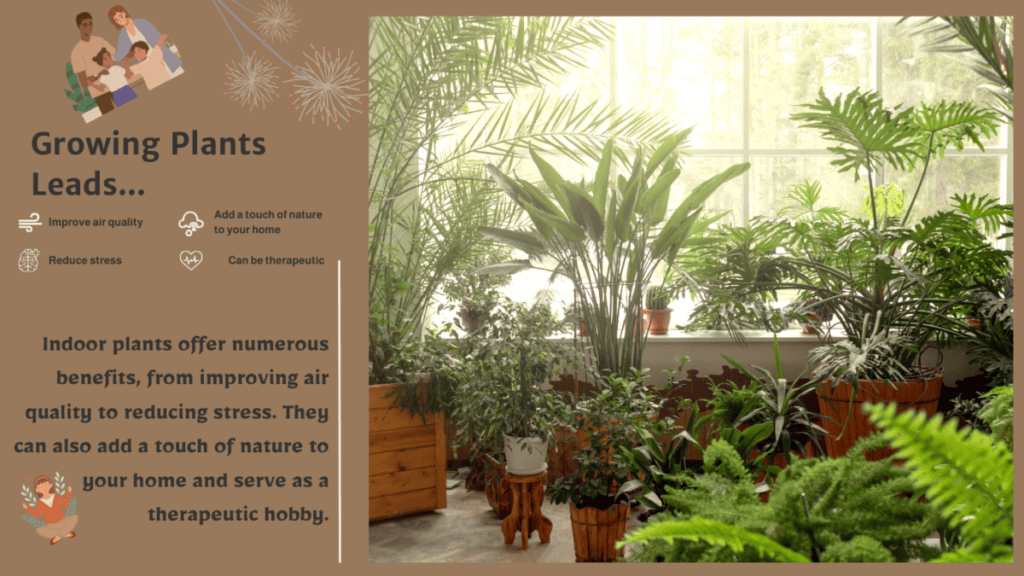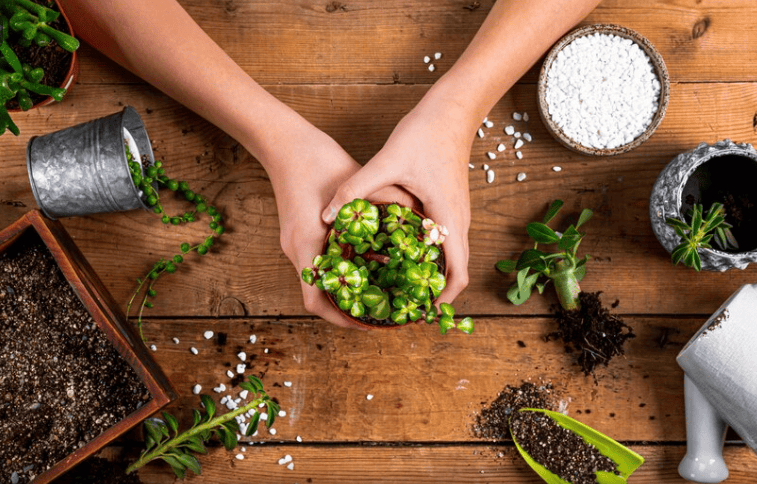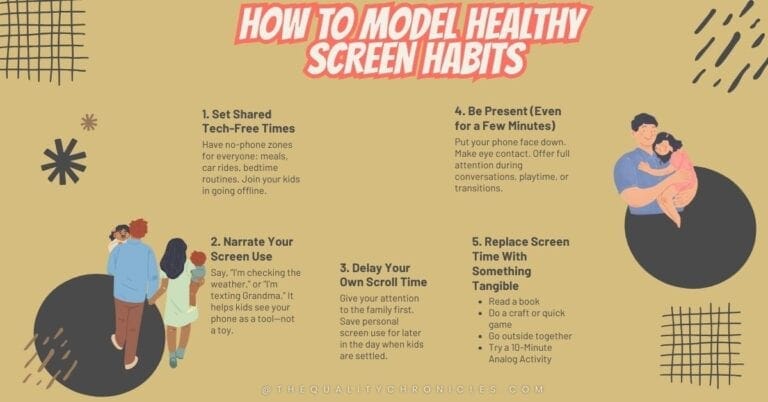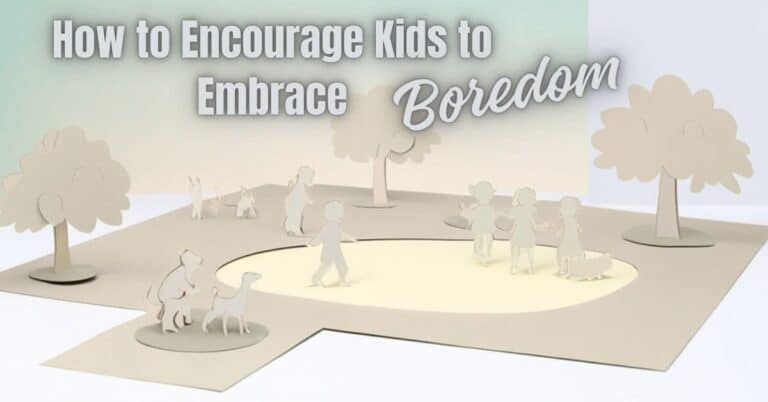
Introduction:
Gardening can also serve as a wonderful educational tool for children. By engaging them in the process of planting and caring for your urban garden, you foster a sense of responsibility and nurture their curiosity about nature and the environment. It’s a simple yet effective way to teach valuable lessons about growth, patience, and the food cycle.
City living or busy living doesn’t mean you have to miss out on the joys of gardening. With a little creativity and effort, urban gardening can bring lush greenery into your home—whether it’s a balcony, windowsill, or even a vertical wall. This is not just about growing plants but also about cultivating a lifestyle that embraces nature amidst the urban chaos. These tips make it easy for busy families to enjoy gardening without the need for a backyard, fostering a connection to the earth in a fast-paced world.
Additionally, urban gardening has been shown to boost local biodiversity. By inviting various plant species into our concrete jungles, we can attract pollinators like bees and butterflies, enriching our local ecosystems. This small act contributes significantly to environmental health, demonstrating that every effort counts.
Why Urban Gardening Matters:
- Healthier Living: Fresh herbs and veggies right at home.
- Family Bonding: Gardening together strengthens relationships.
- Stress Relief: Green spaces improve mental well-being.
Finding Space for Your Urban Garden:
- Balcony: Container gardening or railing planters.
- Windowsill: Ideal for herbs and small flowers.
- Vertical: Wall planters, trellises, and hanging baskets.
- Community Gardens: Shared spaces for urban dwellers.
Incorporating a variety of plant types in your urban garden can also enhance your home’s aesthetic appeal. Think of vibrant flowers that bloom throughout the seasons, adding a splash of color to your space. Pairing herbs with ornamental plants creates not only a beautiful display but also a functional one. You can snip fresh basil for your pasta sauce while enjoying the beauty of its leaves in your garden.
Best Plants for Small Spaces:
Choose compact, high-yield plants:
- Herbs: Basil, mint, parsley.
- Vegetables: Cherry tomatoes, lettuce, radishes.
- Flowers: Petunias, pansies, and marigolds.
Container Gardening Tips:
- Choose pots with drainage holes.
- Use lightweight, nutrient-rich potting mix.
- Group plants with similar water needs.
Don’t forget to consider vertical gardening, which is especially useful for families in smaller apartments. You can create a stunning living wall using a variety of plants that thrive in confined spaces. This not only maximizes your gardening space but also adds a unique design element to your home.
Vertical Gardening for City Homes:
- Install wall-mounted planters.
- Use hanging baskets for trailing plants.
- Repurpose pallets for vertical plant displays.
Low-Maintenance Gardening for Busy Families:
- Self-watering planters reduce daily watering.
- Use mulch to retain soil moisture.
- Opt for hardy plants like succulents.
Engaging Kids in Urban Gardening:
When selecting plants, think about the culinary possibilities. Imagine snipping fresh rosemary for a roast or harvesting a handful of strawberries for a dessert. Urban gardening allows you to connect your meals back to the source, promoting healthy eating habits for your family.
- Start with quick projects like sprouting beans in a jar.
- Let them decorate pots and choose plants.
Overcoming Urban Gardening Challenges:

- Limited Sunlight: Choose shade-tolerant plants.
- Space Constraints: Stackable planters and vertical gardens.
- Air Pollution: Rinse leaves weekly to keep plants healthy.
FAQs for Busy Parents:
- Can I grow food in an apartment?
- Yes, herbs, cherry tomatoes, and microgreens thrive indoors.
- What if my apartment has limited sunlight?
- Choose shade-loving plants like ferns, peace lilies, and snake plants.
- Are vertical gardens hard to maintain?
- Not at all! Self-watering systems make it even easier.
- Can kids participate in urban gardening?
- Absolutely! Let them start with simple projects like growing beans in a jar.
- How do I prevent pests indoors?
- Regularly inspect plants, avoid overwatering, and ensure proper air circulation.
Conclusion and Call-to-Action:
Urban gardening transforms even the smallest space into a green oasis, enhancing your living environment. Whether you’re growing fresh herbs on a windowsill or tomatoes on a balcony, the joy of gardening is within reach. It’s not just about plants; it’s about creating a lifestyle that values sustainability and connection to nature. Ready to start your urban garden? Share your journey with us, inspire others, and let’s grow together!
Urban gardening transforms even the smallest space into a green oasis. Whether you’re growing herbs on a windowsill or tomatoes on a balcony, the joy of gardening is within reach. Ready to start your urban garden? Share your journey with us and inspire others!
👉 Want to make it fun for your kids too? Explore our Fun Gardening Projects for Kids and Parents.
Choose drought-resistant plants:</strong> Succulents, lavender, and other hardy species require less frequent watering, making them ideal for busy lifestyles.Involving children in gardening can take many forms. For instance, you can start with a small container where they can plant seeds they’ve chosen themselves. Watching those seeds sprout can ignite a lifelong love for gardening and an appreciation for nature.
Consider organizing gardening challenges, where each family member can grow their own plant and track its progress. This adds a fun competitive element to the experience and encourages accountability.
Additionally, the importance of maintaining your urban garden cannot be overstated. Regular monitoring of plants’ health, adjusting watering schedules based on the season, and ensuring adequate sunlight are key practices that contribute to thriving greenery in your home.


